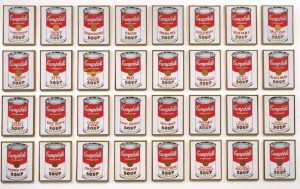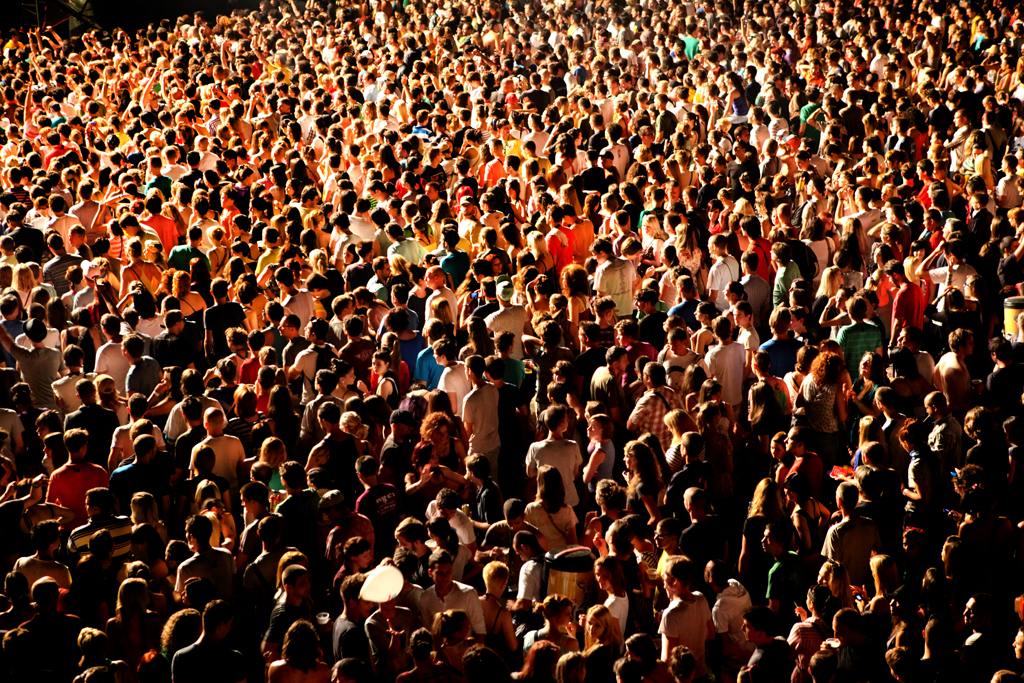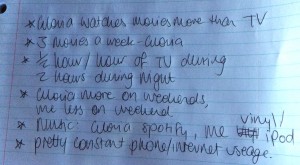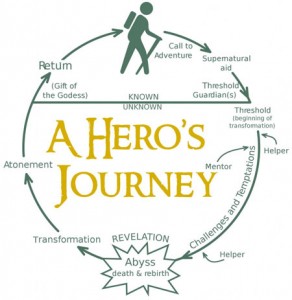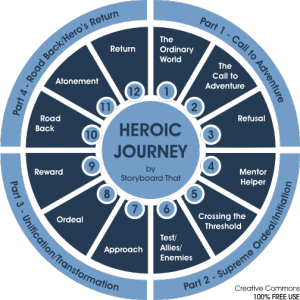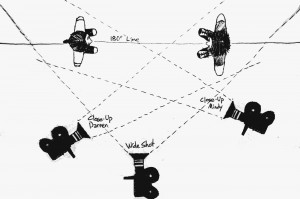In week 3 studios, James elaborate a lot about filmic photography and the Gestalt Principles. This creative device is crucial to create dynamic visual composition, hook the viewers and impart implicitly emotion and logic. These principles include an arrangement of parts altogether as a whole is greater, with each part has meaning on its own as Koffka mentioned. He also explained that the whole is not necessarily made up by the sum of the parts, where actually it is different.
Figure/ Ground

Dominant figure

Figure meshed with ground
The object and its surroundings, with figure begin the object or subject while the ground is the setting or pretty much the background/foreground/mid-ground.
Closure

Lightbulb
With closure principle, the viewers fill the gap; where our brain does the work to interpret meanings.
Continuance
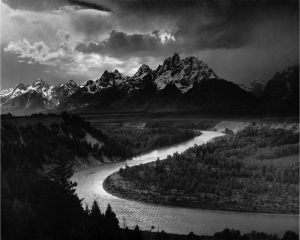
Leading lines formed by the river flows
When the eyes follows around within the frame yet also outside of the frame. This can be generated through the use of especially leading lines, directional repetition and lighting.
The law of common fate
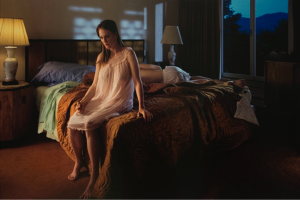
Perpendicular position suggests disconnection

Parallel composition among the children shows common fate
Where two or more subjects share or oppose common situation or fate.
Similarity

The woman in the centre being an anomaly (different)
There are similarities or pattern among images like colours, forms, etc. In this photo it is that every man as similar subjects concerned about the injured subject except for the woman smiling and the only different subject who stands out. She will be the anomaly of this image.
Proximity

Flower as skirt
Something off put together as a subject.










